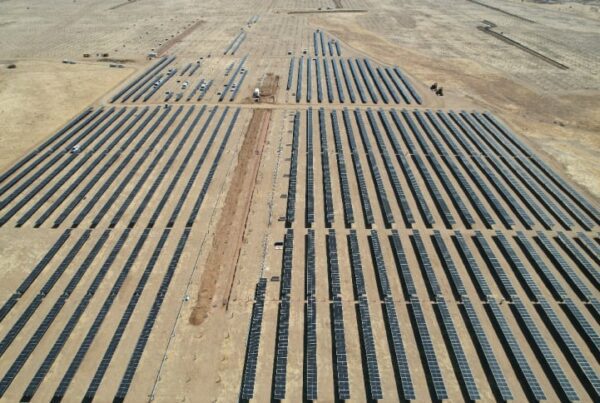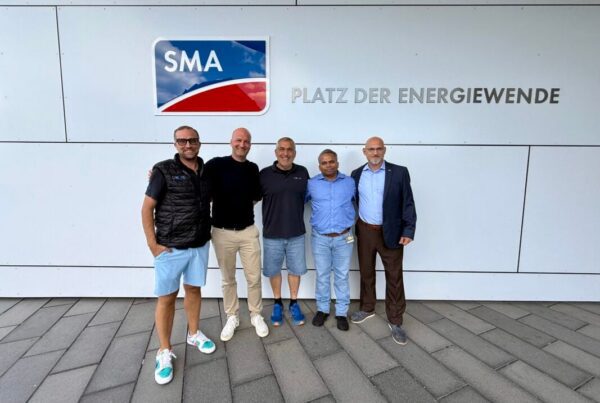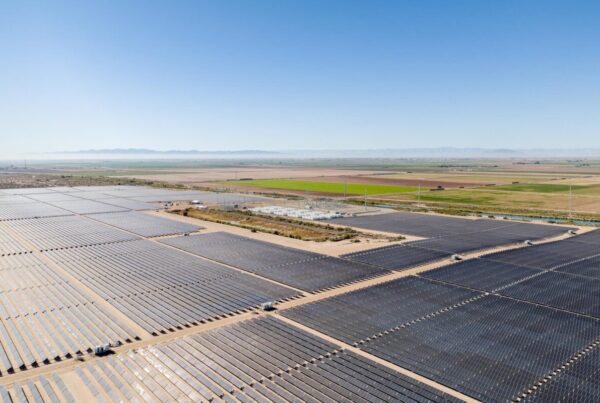
Under the final determination, released in December 2024, VPPs, commercial and industrial demand response, and aggregated batteries will be able to compete directly with traditional power stations from May 2027. Incentives for those looking to participate will be available from April 2026 with AU$50 million up for grabs.
The reforms create a new ”dispatch mode” that allows retailers to bid these resources into the wholesale electricity market.
The use of the VPPs in the energy market serves as a test to identify how CERs can help Australia throughout its energy transition. The AEMC explained that there is currently no mechanism in the market that can predict how these resources will respond to daily price fluctuations.
The AEMC said this gap in market knowledge creates significant operational challenges for the Australian Energy Market Operator (AEMO) and can lead to costly system operations.
AEMC chair Anna Collyer described the new final determination, which was first proposed the reform in July 2024, as “like giving the electricity system a pair of glasses”.
“Suddenly, it can see and respond to retailers’ and customers’ actions that were previously invisible,” Collyer said.
“We are enhancing market efficiency by creating new opportunities for both energy suppliers and users to participate in ways that weren’t possible before.”
CERs, often defined as small-scale generation units such as battery energy storage units, solar PV, and other price-responsive small resources like backup generators, could enable consumers or parties to respond to spot prices.
The AMEC has previously said that including CERs and VPPs in the energy market could be a “significant opportunity” for consumers, retailers, and the broader electricity system. Indeed, the organisation’s research indicates that the inclusion of CERs would result in cost savings of around AUS$834 million (US$545 million) between 2027 and 2050 while also further incentivising the uptake of small-scale solar PV installations.
It’s worth noting that the inclusion of CERs, in particular small-scale rooftop solar PV and batteries, could benefit the grid as Australia begins to withdraw coal, which is set to be completed by 2038.






